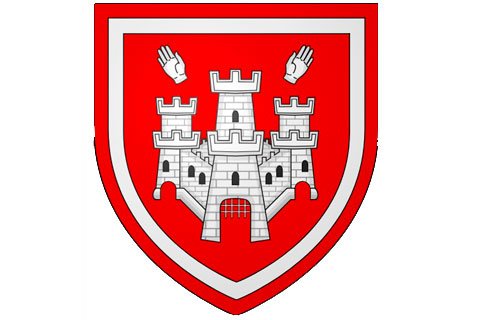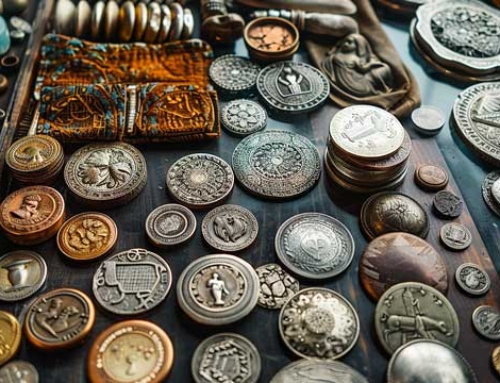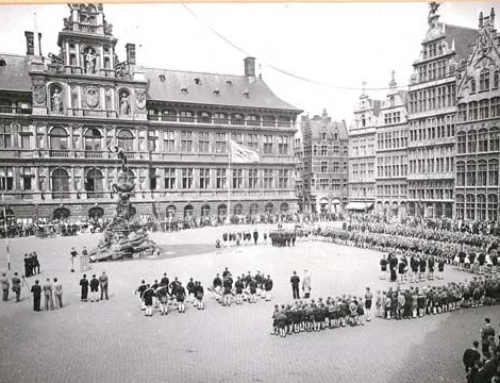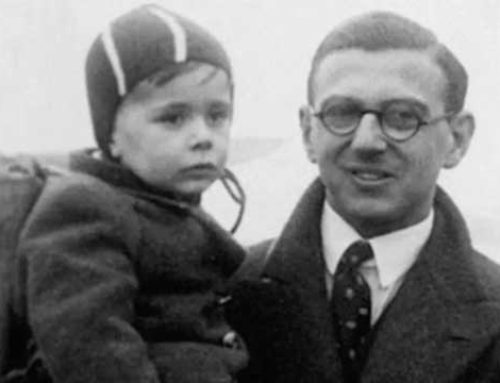Antwerp is known throughout the world for its expertise in diamonds. The majority of the world’s minerals pass through the streets of this city, and have done so for hundreds of years.
What images come to mind when you think of Belgium? The land of beer, Stromae or Angèle? The capital of the European Union? Or even a great football team? But did you know that Antwerp has been the diamond capital of the world for hundreds of years?
A strong and long-standing passion for brilliance
This speciality can be summed up in some rather impressive figures. Today, for example, 50% of the world’s supply of polished diamonds and 85% of rough diamonds pass through the tables of the Antwerp experts. Every day, 500,000 carats are examined there. Every year, a total of 26 billion dollars worth of diamonds pass through Antwerp. It is enough to make one’s head spin.
All the more so as the nerve centre of this precious material is located in a particular district of Antwerp, so small that it was nicknamed the “One Square Mile” (because it is no bigger than two square kilometres). The history of diamonds in Antwerp goes back several centuries. In the fifteenth century to be precise. “Thanks to its harbor, the city was first supplied with diamonds by the Portuguese sailors who brought the rough diamonds extracted in Brazil. The first traces of the local diamond trade date back to 1447“.
After the discovery of diamonds in South Africa at the end of the 19th century, the market developed, particularly in Antwerp. The “Diamond Club” was founded in 1893, where many polisged stones were exchanged. In 1904, the first diamond exchange was set up, the Beurs voor Diamanthandel. The First World War had a negative impact on Antwerp, as the Netherlands remained neutral in the conflict and some of the trade went to Amsterdam. The Second World War was also dramatic: “65% of Antwerp’s Jews were deported, including a number of diamond dealers“.
From the 1960s and 1970s onwards, the sector in the Belgian city was back in full swing. In 1973, Antwerp set up the private Antwerp World Diamond Centre to further strengthen its strategic position in the sector. In the early 2000s, “1,700 diamond companies and 4,500 diamond dealers are located in Antwerp“, and a total of 30,000 people are employed in the field.
India and the United Arab Emirates are the new princes
A whole ecosystem that is undergoing increasing competition. Belgium is obviously not a diamond producer, unlike Russia, Botswana, Australia or the Democratic Republic of Congo, which are the four main exporters. However, diamonds are increasingly being cut in places such as Tel Aviv (Israel) and especially Gujarat (India). India is trying to carve out the lion’s share of the diamond world, and Bombay is overshadowing Antwerp, where the number of traders has ‘fallen sharply’.
Even though Dubai has recently become a rival, Antwerp is still a historic city with recognized expertise in the diamond market. And the Belgian city has four diamond exchanges with the Diamantclub van Antwerpen, the Vrije Diamanthandel and the Antwerpsche Diamantkring in addition to the Beurs voor Diamanthandel. And organizations such as the World Federation of Diamond Exchanges have their headquarters… in Antwerp. “It looks like the diamond capital of the world will remain so for a long time to come,” says the Antwerp diamond dealer Beldiamond.
For some years now, the city has also been home to DIVA, a new establishment that is none other than “the museum of diamonds, jewellery and goldsmiths“. So now you know: Antwerp rhymes with diamonds, and Belgium is not only an expert in fries and government formation.







